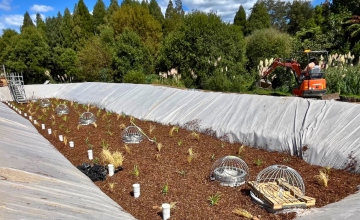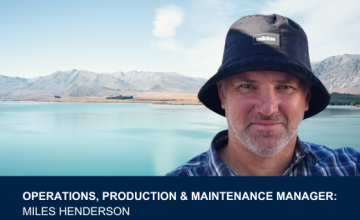What is a Life Cycle Cost Analysis?
2 May 2022
Stormwater Life cycle costing can be broadly defined as the process of assessing the cost of a stormwater management system for a project over its lifetime (GD01). A cradle-to-grave time frame is warranted because future costs associated with the use and ownership of an asset are often greater than the initial acquisition cost and may vary significantly between alternative solutions to a given operational need (Australian National Audit Office, 2001). Life cycle cost is the total sum of acquisition and long-term maintenance costs, including design, procurement, installation on site, ongoing maintenance costs, renewal cost or decommissioning cost.
Life cycle cost analysis (LCCA) of a stormwater management device is one of the essential tools used by decision makers or designers to determine the best approach stormwater solution for meeting regulations or a specific stormwater objective. LCCA helps designers understand the long-term cost implication of the device, make more cost-effective decisions at project planning phase and compare cost difference between two or more stormwater management solutions. A life cycle cost assessment has also become a requirement for some councils around New Zealand when a stormwater management system for a proposed project to be vested as public asset.
The life cycle cost for any stormwater management device will depend on the location, natural and physical restrictions to implementing and maintaining the device. For example, underlining rock will greatly increase the cost of installing deep stormwater management systems. Another example of site specific restriction is traffic management. If a stormwater management device must be installed where traffic management is required, how often and how long it takes to maintain the device will significantly affect the overall life cycle costs.
It is also important to understand the stormwater management outcome will also influence the life cycle costs. For example, gross pollutant traps can treat high flows of stormwater treatment in a small low cost device. However, gross pollutant traps only remove coarse sediment and litter, allowing dissolved and fine contaminants to pass through the device, which are more bioavailable and have a greater environmental impact. It is important to only consider stormwater solutions that can meet the regulatory or receiving environment requirements for protection.
Although a GPT may not protect the ecology to a regulatory requirement, it is an effective way to lower life cycle cost if it is used to reduce the maintenance frequency on downstream devices that maybe expensive to maintain.
Early identification of the stormwater management outcomes requirement and the site restrictions in the planning phase will lead to better and cost effective solutions. Early engagement with suppliers will allow better site specific solutions to be developed. Stormwater360 has a range of solutions carefully selected worldwide to minimise life cycle cost. We offer a free concept and design service to our clients. Get in touch at 0800 STORMWATER or contact [email protected] for more information.


